
© A. IJsseldijk 2025. All rights reserved.
For use of photos please contact me.
Website by Simia Solutions
the Ju/'Hoansi San tribe
indigenous people of namibia
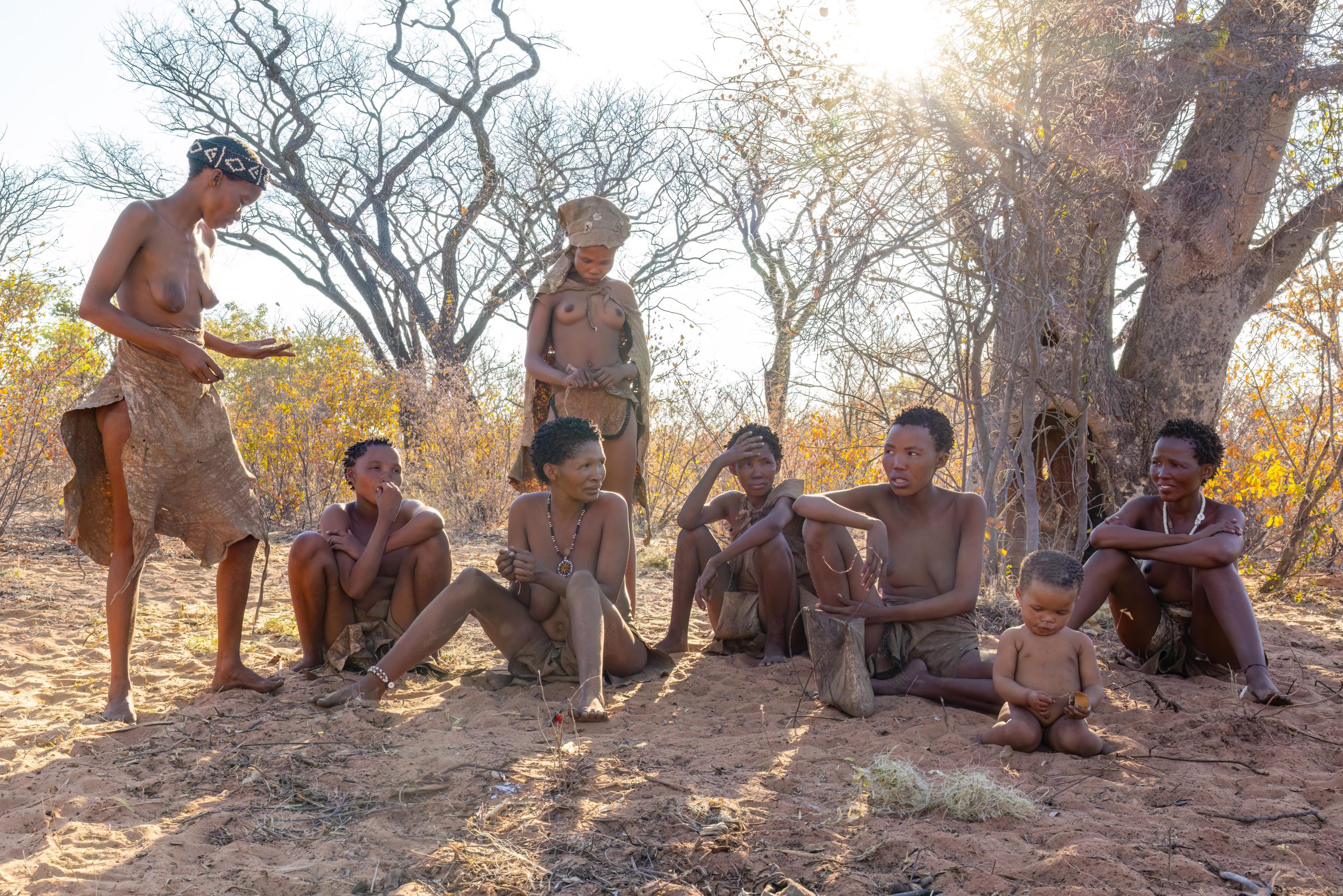
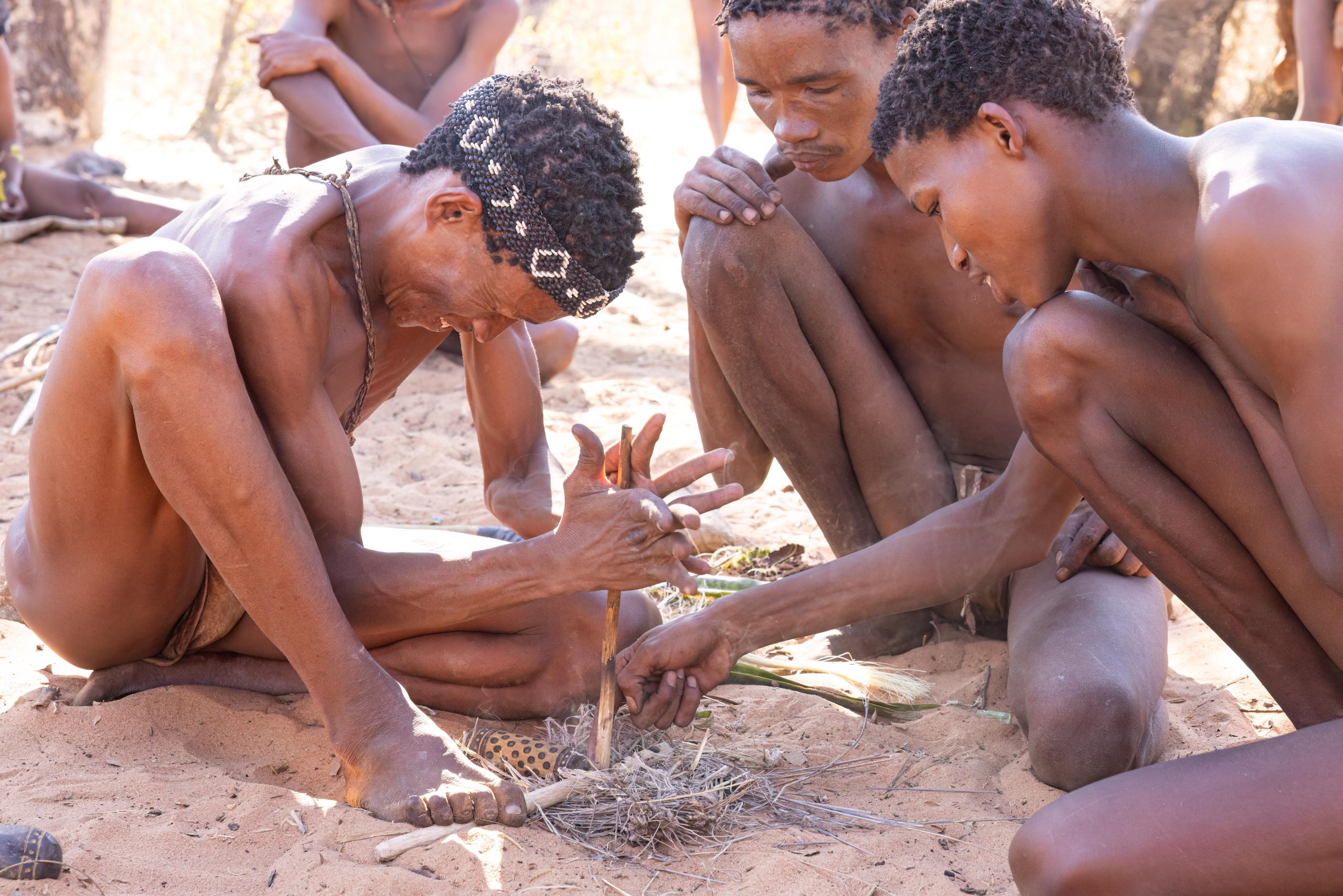
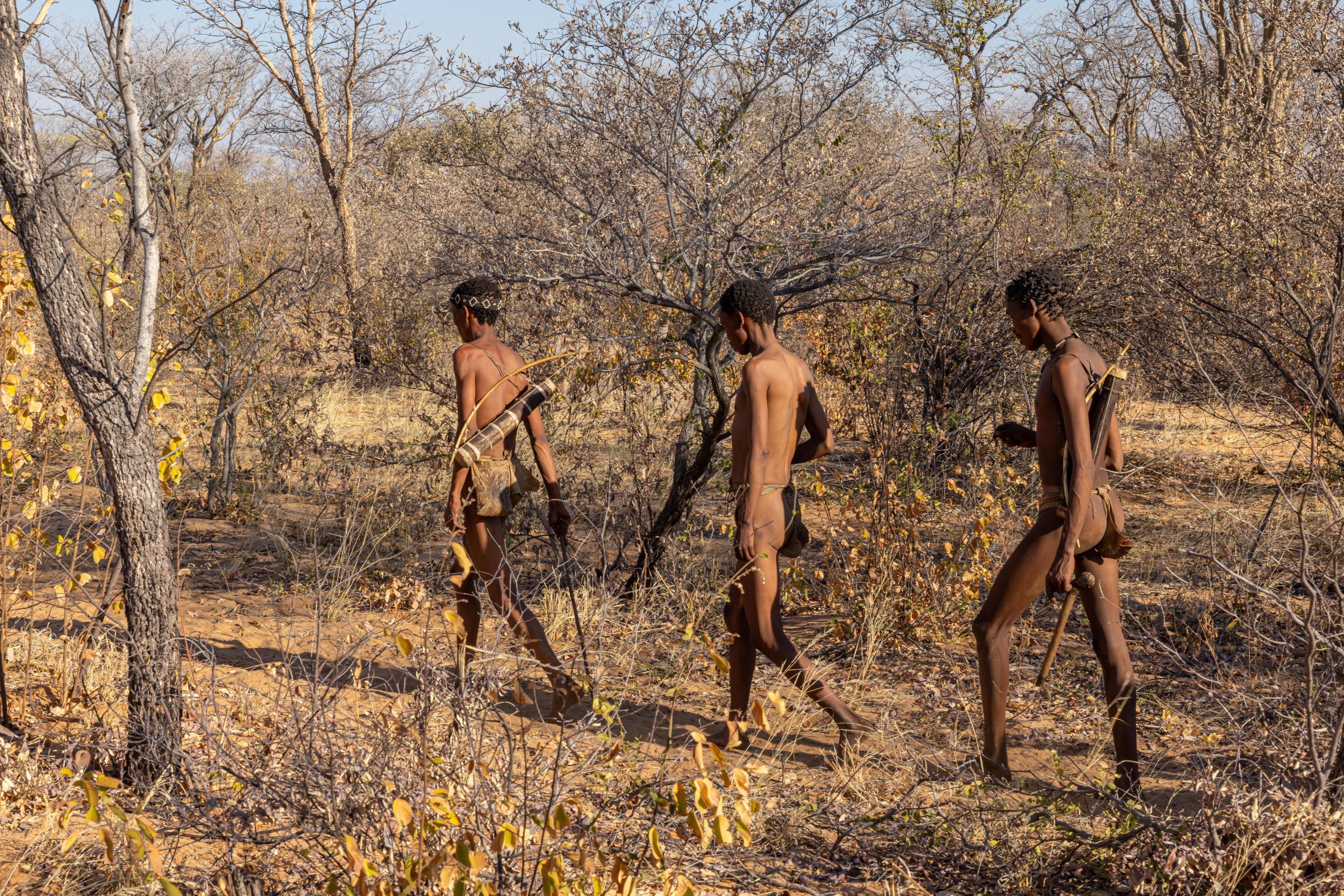
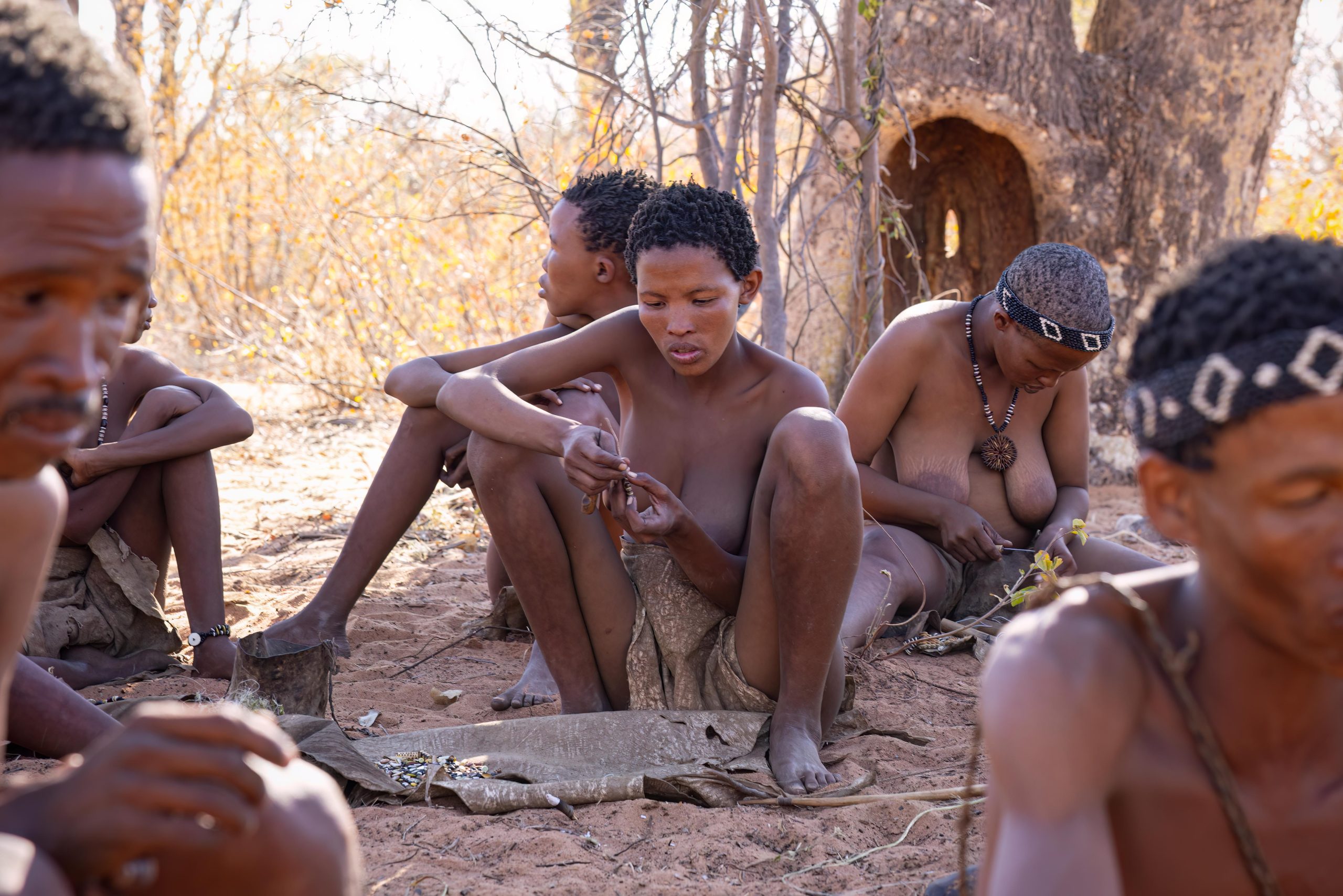
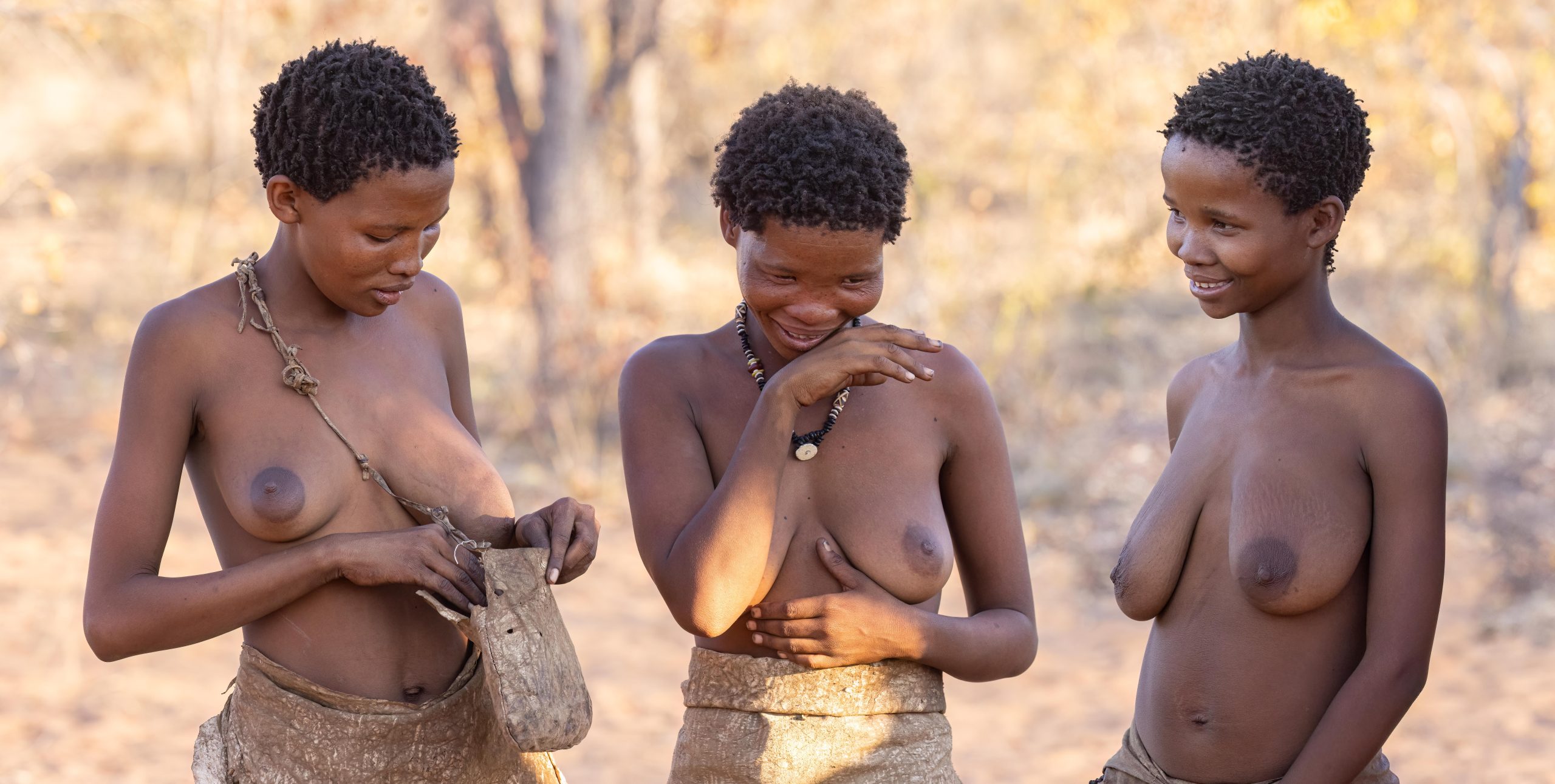
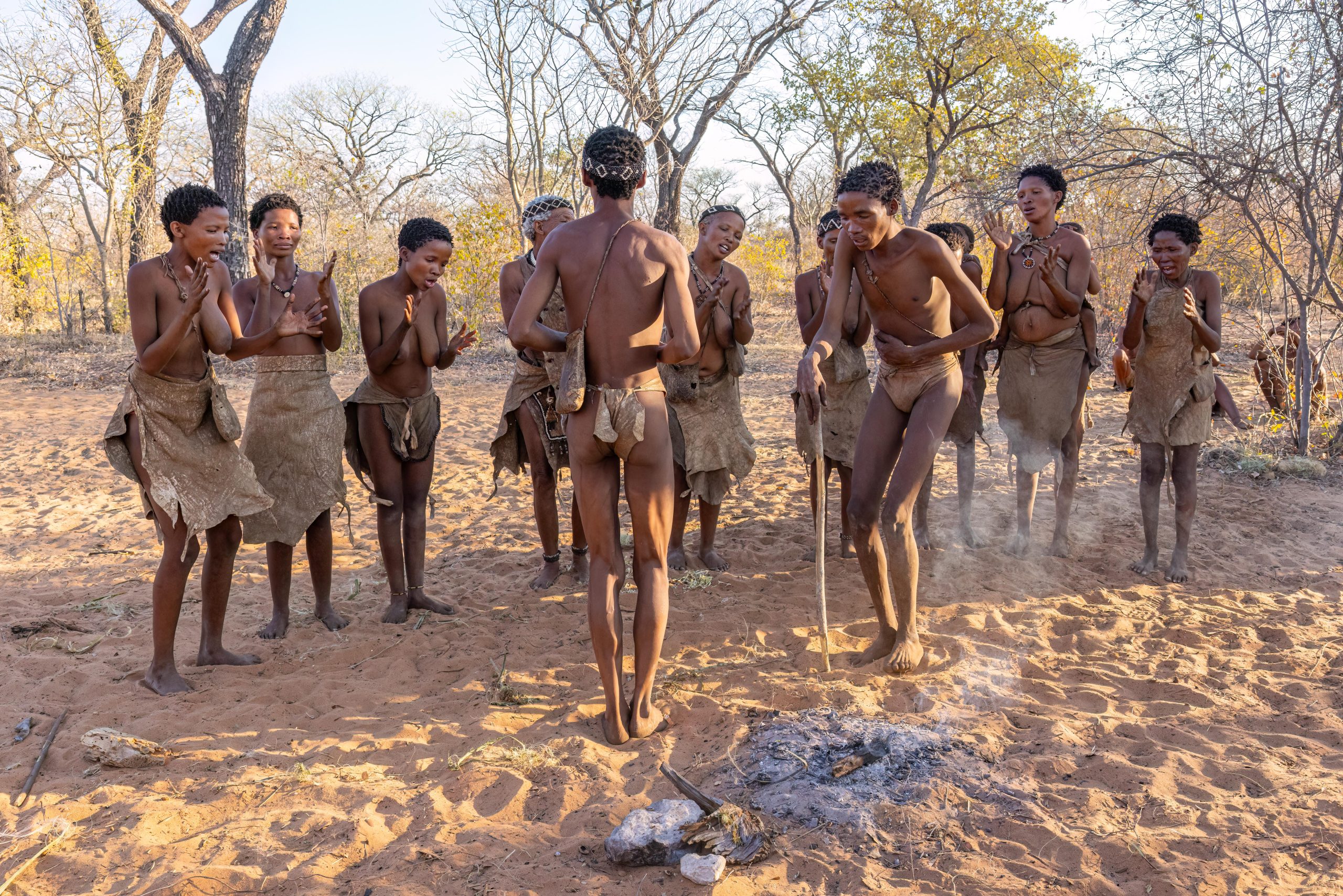
– related photo stories –
visual adventures

For use of photos please contact me.
Website by Simia Solutions